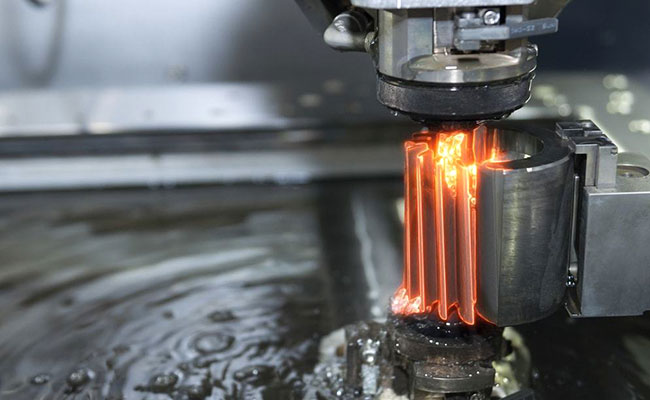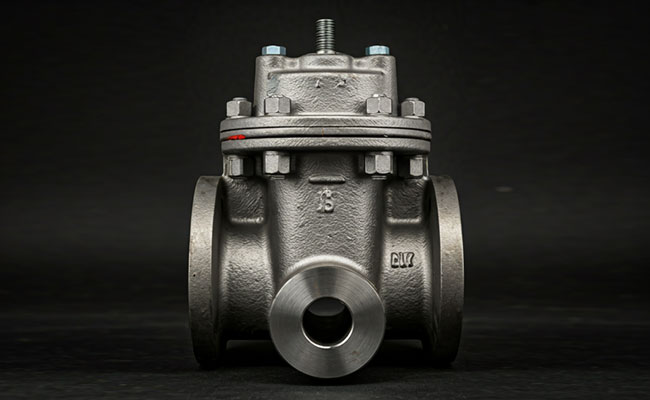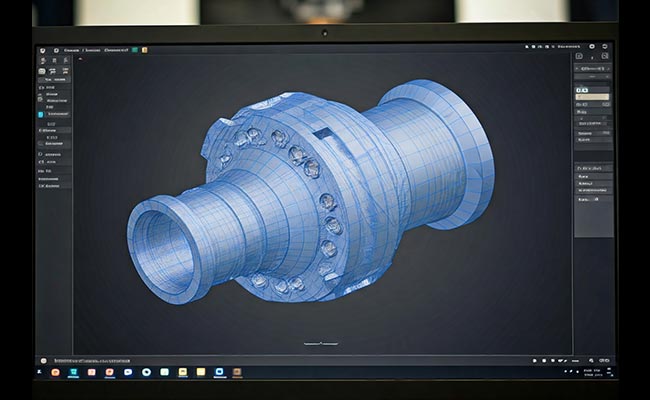
Classification of Machine Tools
2021-08-16
NC Machine Tools
2021-08-30Conventional machining processes utilize the ability of the cutting tool to stress the material beyond the yield point to start the material removal process. This requires that the cutting tool material be harder than the workpiece material. The advent of harder materials for aerospace applications have made the removal process by conventional methods very difficult as well as time consuming since the material removal rate reduces with an increase in hardness of the work material. Hence machining processes which utilize other methods such as electro-chemical processes for material removal have been developed. These processes are termed as unconventional or non-traditional machining methods.
New materials which have high strength to weight ratio, heat resistance and hardness such as nimonic alloys, alloys with alloying elements such as tungsten, molybdenum and columbium are difficult to machine by the traditional methods. The complex shapes in these materials are either difficult to machine or time consuming by the traditional methods. In such cases, the application of the non-traditional machining process finds extensive use. Further, in some applications a very high accuracy is desired besides the complexity of the surface to be machined. These processes are not meant to replace the conventional processes but to supplement them.
There are a number of unconventional processes. They are:
- Electric Discharge Machining (EDM)
- Electro Chemical Machining (ECM)
- Electro Chemical Grinding(ECG)
- Ultrasonic Machining (USM)
- Laser Beam Machining(LBM)
- Chemical Machining(CHM)
- Abrasive Jet Machining(AJM)
- Water Jet Machining(WJM)
- Plasma Arc Machining(PAM)
The conventional metal cutting processes make use of the shearing process as the basis for material removal. However, non-traditional processes depend on a number of other factors such as the vaporization of the metal, electrolytic displacement, chemical reaction and mechanical erosion. The main reasons for using non-traditional machining processes are high strength alloys, complex surfaces and higher accuracies and surface finish.
High strength alloys The hardness of the work material is often higher than the cutting tool material and sometimes it becomes unnecessary to use the machining process on hardened material. In such cases the electro-chemical processes would be required.
Complex surfaces There are times when very complex surfaces in three dimensions need to be produced, such as those in moulds and dies where the workpiece surface being the hardened tool steel would be difficult to be processed by conventional means.
Higher accuracies and surface finish The accuracy and surface finish desired in hard workpiece materials cannot be obtained through conventional machining as it is done at a very slow pace, making it uneconomical.
In addition to the complex geometries, sometimes it is required to produce difficult geometries such as long holes with length to diameter ratio approaching that of 100, or very small size holes such as those with less than 0.1mm in diameter which are almose impossible to be produced by conventional methods.




